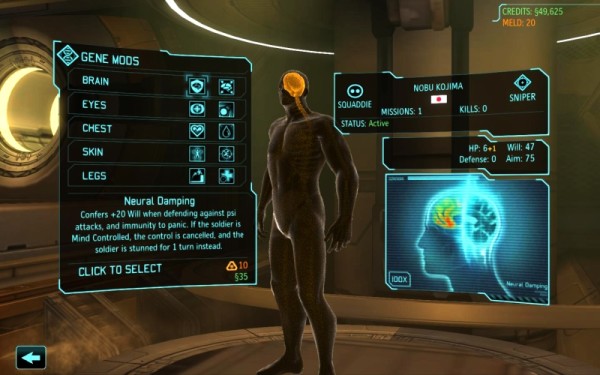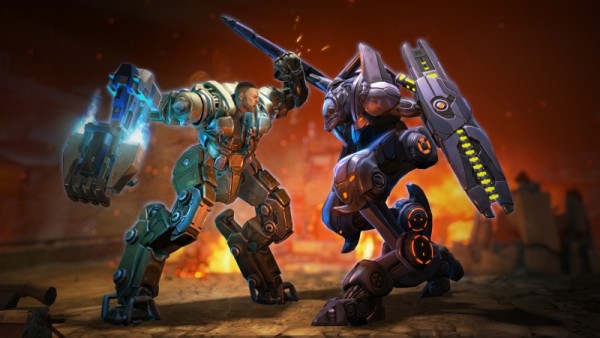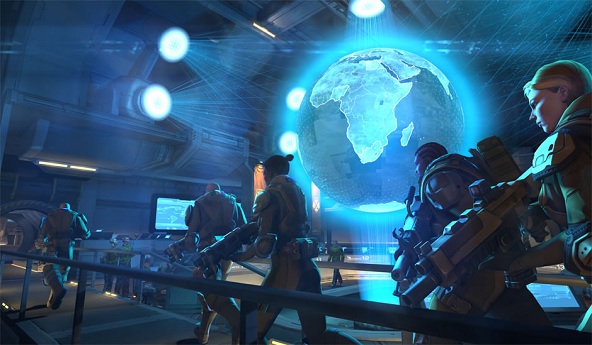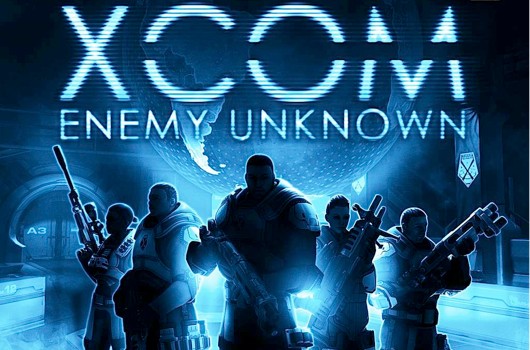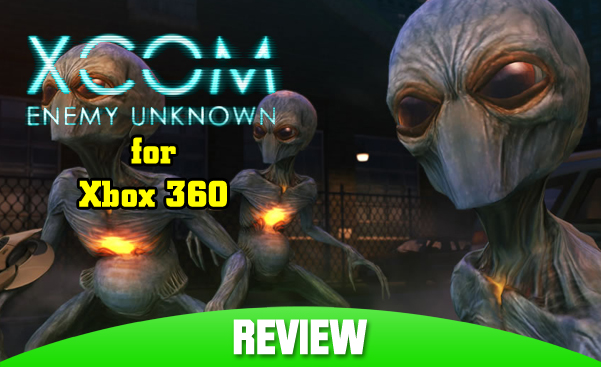 XCOM. Sadly, it isn’t a commonly known name nowadays, but this franchise is considered one of the best strategy games of all time. When I heard Firaxis took the challenge of recreating the 1994 cult classic for modern-day platforms, I couldn’t wait to get my hands on it. When release day came, I bought it without hesitation, and after countless campaigns and finally finishing the game on classic Ironman difficulty, I can easily say this one of 2012’s best. This reboot not only retains the core concept of the original, it will also satisfy both hardcore fans of the old title as well as players new to the game. Firaxis has struck gold with this one.
XCOM. Sadly, it isn’t a commonly known name nowadays, but this franchise is considered one of the best strategy games of all time. When I heard Firaxis took the challenge of recreating the 1994 cult classic for modern-day platforms, I couldn’t wait to get my hands on it. When release day came, I bought it without hesitation, and after countless campaigns and finally finishing the game on classic Ironman difficulty, I can easily say this one of 2012’s best. This reboot not only retains the core concept of the original, it will also satisfy both hardcore fans of the old title as well as players new to the game. Firaxis has struck gold with this one.
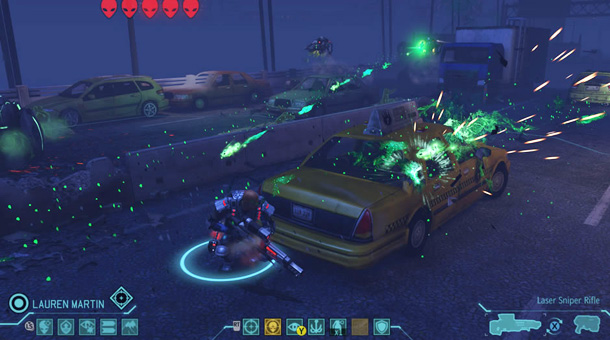
Gameplay can be fun and stressful at the same time
The setting is simple. Earth gets invaded by extra-terrestrials and you are the commander of the XCOM project, a group organized to be the last form of defense against them. The game is turn-based strategy with gameplay having two parts – Base management and Squad management. Let’s focus on managing your squad first.
During missions, you prepare and send out 4-6 units to respond to alien abductions, alien crash sites, and alien craft landings. Compared to the original, how you manage your squad in the field feels more simplified. You don’t need a big tutorial to prep you for combat with this one. A simple tutorial mission covers all you need to take on the alien menace head on, but don’t take the game too lightly. Strategy is greatly required since positioning is everything in this game. The angle of cover for your unit determines how protected you are from enemy fire, and getting hit is no joke (especially early on). It mostly leads to certain death when a hit connects. Since every shot is based on a certain percentage, it can be a bit frustrating, but at the same time rewarding, especially with those 20% hit rate shots that turn the tide of the mission. This game requires patience, and really tests you on that front.
As units rack up the kills, they earn experience and eventually get promoted. Rookies that get the promotion randomly turn into one of the four classes in the game; Sniper, Support, Heavy, Assault. Each class has its own skill tree, with skills that give them an edge in battle. As they rise up in the ranks, you are allowed to pick either one of the two skills in that promotion. Each side of the tree provides a different take in class. For example – Some skills on the left of the sniper tree make the soldier more effective with a pistol. While it does look simple at first glance, you are still left thinking hard on what would benefit your squad as a whole.
When units die, they are gone for good, along with all that experience the soldier earned. It can be heartbreaking to see your assault class shottie with 30 kills die in front of you. Since death is permanent, you tend to tread carefully. You grow attached to some of the units as you go from mission to mission, and your performance when losing one experienced unit makes a big impact, especially later in the game. Units dying can sometimes also affect nearby units in a hilarious way. Units with little willpower can panic after seeing a squadmate die, which makes him randomly do stupid stuff on his next turn like shoot another squaddie, or even walk out of cover to get taken out by an alien on overwatch.

Missions can either go really smoothly, or out of control really fast. That’s thanks to the amazing AI. Depending on the situation they are in, you see aliens fleeing from their cover if it’s dangerous to stick around, or use their abilities in key moments that make you really think about your next move. They can even flank you and wait for you to be impatient.
Before any mission, you are given the chance to sort out your unit’s loadout and appearance. Again, it’s simplified compared to the original game. You get to customize the unit’s primary weapon, secondary weapon, armour, and a utility slot, which lets the unit carry one grenade or one med kit. At first, I was bothered that I wasn't able to carry more grenades like the old game, but this change provided challenging decisions during missions. Should I throw a grenade at the Sectoid applying mind flay, or save it for when I see a group of them bunched up? It made those items so valuable in missions that you sometimes regret using them when you need it the most.
When you start a mission, all the aliens are hidden, so you need find them while simultaneously strategically positioning yourself. When you find a group, they are given free time to get into cover, which mostly eliminates the chance for an ambush. That was one of my biggest gripes on the combat. No matter what, they get a chance to get into cover. For us? We don’t get that luxury. Get ready to be flanked. Most missions task you with killing all the aliens in the map, but every once in a while you are given different objectives like escort missions, bomb defusal, and terror missions where you need to rescue civilians. The amount of tasks to keep the missions fresh is enough, but the number of maps is lacking. You will do tons of missions, and you will quickly notice maps used over and over again with the same starting point.
But the maps are well-developed. Building walls, cover, and almost anything else on the map can be damaged or completely destroyed, which opens up new opportunities for attacks and strategies. The hit chance of that alien too low? Throw a grenade and watch his cover crumble. The environment can also be affected by missed shots. I’ve experienced awkward situations such as ending up with no cover at all for one of my units, thanks to a missed shot by my sniper. The game always surprises you with moments like those, especially when you miss a rocket shot, which doesn’t make sense when it happens.
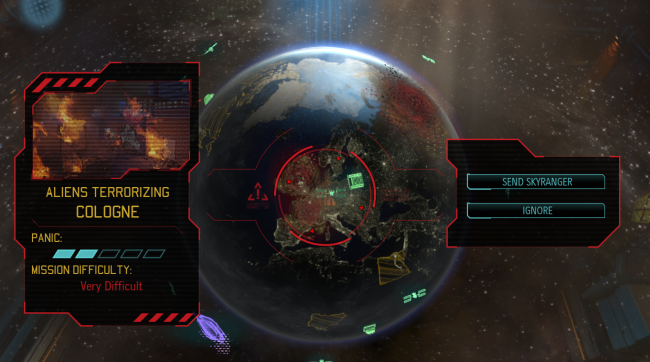
The pressure of being an XCOM commander
Now to base management. This is where everything happens when you’re not on a mission. After a successfully mission, all the damaged alien equipment, parts, and corpses are brought along with your squad as they head home. These items are required so that your research team can develop new equipment and technology. Then, with the help of the engineering bay and a few credits, you will have the new gear ready for use. Since the base is located underground, it’s presented in an antfarm-like overview which is quite nice, but hardly appreciated. There’s so much to be done when in the base. It’s quite easy to manage and understand what needs to be done, but things can go spiralling out of control if you don’t pay attention. Everything is up to you on what you consider the highest priority since only one research or construction can be done at a time. It usually takes days for upgrades and research to finish, so while waiting, you can scan with XCOM’s geoscape for alien activity, which is pretty much where you find missions to do.
Another aspect to manage is your interceptors and satellites. Satellites are used to scan for alien activity in that country and earn extra funds per month, while interceptors protect satellites and shoot down alien UFOs. During the early stages, shooting down UFOs is easy stuff, but just like everything else in the game, it gets harder later on, so upgrading your planes is another thing to consider. A small mini-game occurs when dispatching planes to take down a UFO craft, and when you successfully take it down, it’s time to send your squad.
In XCOM: Enemy Unknown, the XCOM project is being funded by leading countries around the world. If you have 7 countries that cut their funding, it’s game over. Yes, you can lose the fight against the aliens if you don’t get enough support. So you become a babysitter to these countries. But missions like the abductions happen in multiple countries all at once, so it’s not an easy task to keep them all happy. Not assist a country enough and you will see them cut their funding in the next XCOM monthly report. You will lose countries, but you are left in a position to decide what’s best as you move forward. The base management is as strategic as ever, which shows that Firaxis was definitely the perfect choice for a game like this. Sadly, the reboot only has one base to manage, whereas in the original you were allowed to make multiple bases.

Playing the game will lead to different outcomes every time. Each campaign turns out different thanks to the many decisions that shape your game, which gives a strong replay value. If you want the perfect XCOM experience, Firaxis included Ironman mode, which disables your ability to save the game. The game pretty much saves the game for you in one file, and you are forced to live with whatever has happened in your campaign. No more loading to save a squad member. To really appreciate the game, turning on Ironman mode is the way to go, but not everybody would be keen about the idea, so it’s good to see it as just an option.
It isn’t the smoothest game though. Playing it on the Xbox 360, I’ve experienced many bugs. Most of the bugs I’ve encountered are during missions. One example is after taking a shot, the game locks up and doesn’t go to the next unit, forcing me to exit the game or reset (happened three times).
The character models and animations are nothing to brag about, but the tone of the environment and soundtrack is spot on. The feeling as if something, or someone is out there is greatly captured on each map in the game. Aliens hidden can still be heard when moving around the map, and the sounds they make are quite distinctive for each alien type.
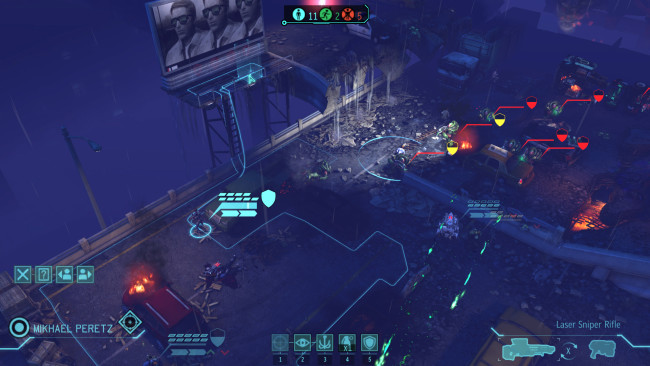
I played XCOM: Enemy Unknown on the Xbox 360. It’s clear that the PC version is the ideal platform, but I chose a console version since this is the first time XCOM will be hitting consoles. I needed to see the difference in controls. To my surprise, playing XCOM with a controller is as easy as playing it with a keyboard and mouse. It’s quite user-friendly and I had no problems with it at all when playing it. Firaxis did a good job at making this strategy game very friendly to console controllers. Everything is smooth and easy to access, even when you are maintaining your base. If you are planning to get the game on a console, the controls won’t be an issue.
Multiplayer mode, who needs it?
XCOM: Enemy Unknown actually comes with multiplayer, but don’t get all excited. It’s quite simple really. You fight against another player, and the first guy to lose all their units loses. There’s no base building or anything. It’s just a mission against another player. You are given a point budget, where you can spend in order to create your squad for the match. Each unit costs a certain amount depending on how strong they are. The multiplayer is quite disappointing really if you compare it against what the single player brings. The only good thing about playing multiplayer is that you get to control the alien units as well and make interesting strategies with human squad soldiers and aliens to win. But the online is quite laggy and very unbalanced. You might get a kick out of it after a few matches, but it will grow old pretty fast.

Firaxis has done it. A game that has stayed true to its roots, and at the same time revived a franchise that’s still loved by many players around the world. Fans of the old game might not appreciate some of the changes to the game, but most of what made the game so appealing is still intact. At the same time, the game is simple enough that any player unfamiliar with the series can pick it up with ease. XCOM: Enemy Unknown lets you make hard choices that have painful consequences at times, but the feeling when you succeed after all of that makes it even more satisfying. A successful reboot that I find myself coming back to every now and then, just like I did with the original.
Score: 90/100
Pros:
- A great reboot of the 1994 XCOM classic
- Addicting gameplay
- The difficulty of the game is welcomed
- Ironman mode
Cons:
- Can be quite buggy during missions
- Not enough maps in the game, maps get reused a lot
- Story is easily forgettable
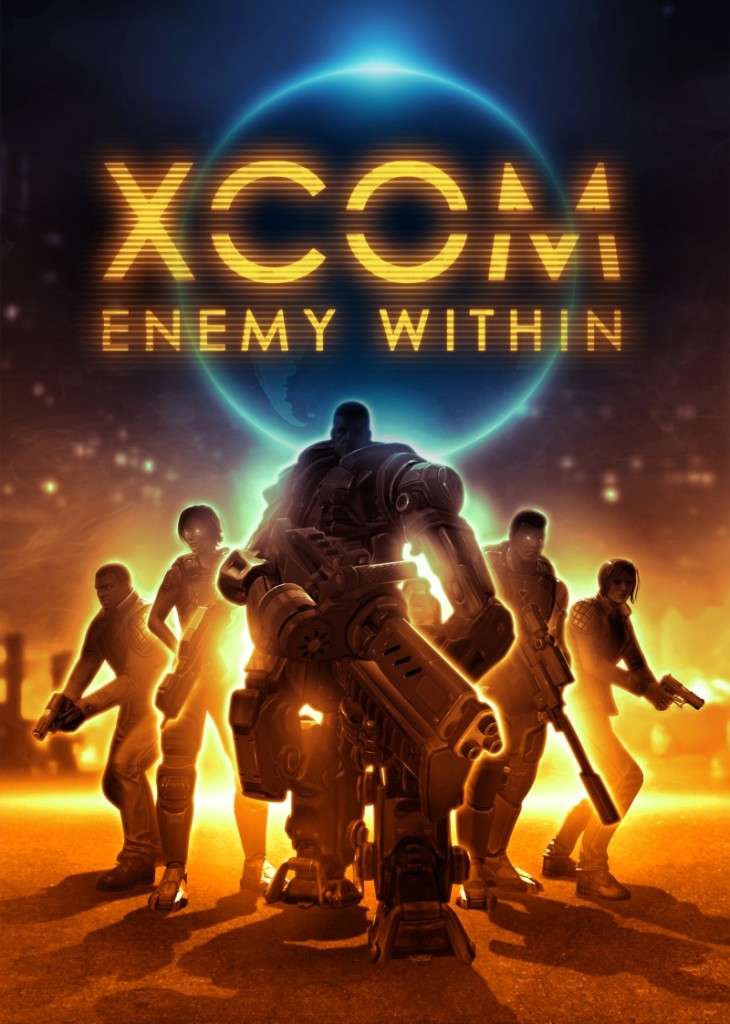 2K has revealed the major expansion for XCOM: Enemy Unknown. It's called XCOM: Enemy Within and will be released on November 12, 2013 for PlayStation 3, Xbox 360, and PC. The expansion will include 47 new maps, new weapons, new aliens to face, and new abilities. Excited? Makes me want to fire up my 360 copy now.
2K has revealed the major expansion for XCOM: Enemy Unknown. It's called XCOM: Enemy Within and will be released on November 12, 2013 for PlayStation 3, Xbox 360, and PC. The expansion will include 47 new maps, new weapons, new aliens to face, and new abilities. Excited? Makes me want to fire up my 360 copy now.
